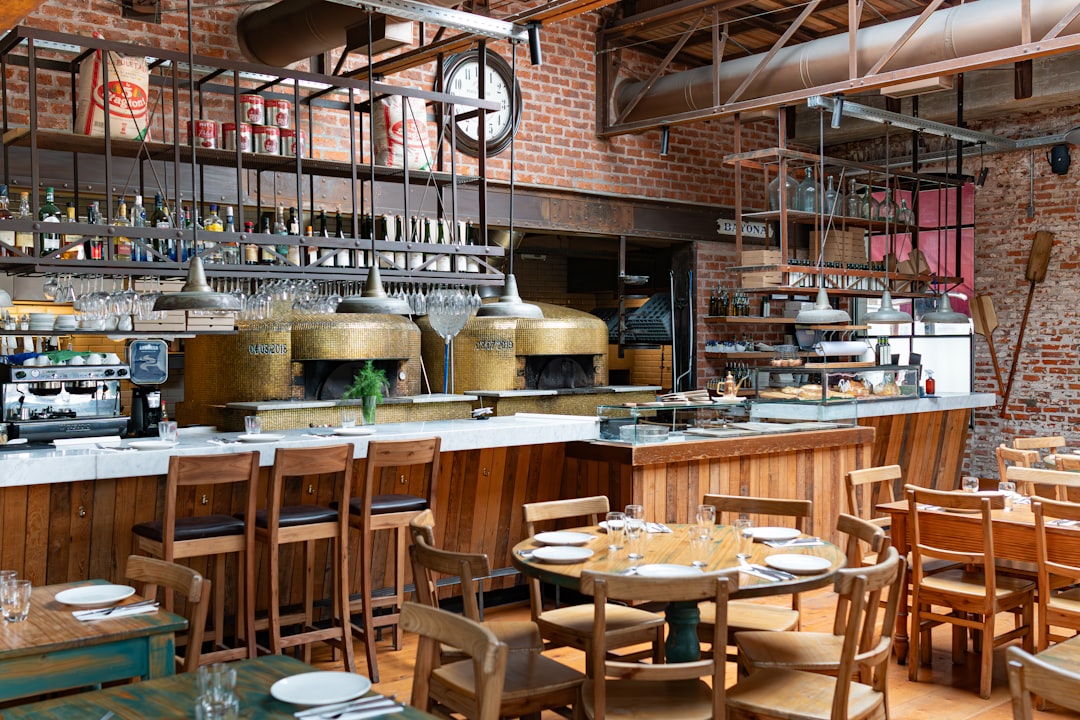Restaurant owners and managers today face unprecedented challenges in maintaining and paying their staff. The perfect storm of economic pressures, labor shortages, and lingering pandemic effects has created a situation where many operators find themselves unable to compensate their teams adequately while keeping their businesses afloat.

The numbers tell a sobering story. According to recent industry data, 38% of restaurant operators reported their establishments were unprofitable in 2023. This financial strain isn't surprising when you consider that food costs and wages have risen over 30% compared to 2019 levels.
Adding to these woes, 61% of operators noted reduced customer traffic between 2023 and 2024, creating a vicious cycle: fewer customers mean less revenue, making it harder to maintain adequate staffing levels or offer competitive wages. It's like trying to fill a bucket with a hole in the bottom—no matter how much you pour in, you're constantly losing ground.
More than half of restaurant operators (53%) are still carrying debt from COVID-19 relief measures. This financial obligation limits flexibility and creates ongoing pressure on cash flow that might otherwise go toward staff compensation.
The changes in the food industry brought about by the pandemic continue to reverberate through the sector, forcing many establishments to adapt to new consumer behaviors while still managing pre-existing financial challenges. For many restaurants, it's like trying to renovate a house while still paying off the mortgage from the original purchase.
Inflation has hit restaurants from both sides. Food and beverage prices rose 20.2% between 2020 and 2023, according to the CPA Practice Advisor, squeezing already thin margins. Meanwhile, wage inflation has accelerated as workers demand higher compensation to offset their own increased living costs.
This creates an impossible equation for many owners: raise prices and risk losing customers, or maintain prices and watch profits disappear. It's a financial Catch-22 that keeps many restaurant owners up at night.
An astonishing 96% of operators cite staffing as a major hurdle, according to QSR Magazine. The competition for qualified workers has intensified, with quick-service operators particularly feeling the pressure—53% anticipate even more intense competition for both customer dollars and quality staff in the near future.
Finding good staff has become somewhat like dating in a small town—everyone's competing for the same limited pool of candidates, and the good ones know their worth.
Different restaurant models face unique challenges:
Both segments must balance these concerns while maintaining quality and service levels that keep customers coming back. The varying structures create different pressure points, but neither model escapes the fundamental challenges of today's market.
While some restaurants consider changing menu restaurant offerings to address rising costs, this approach isn't always viable. Menu engineering requires careful consideration of food costs, labor requirements, and customer expectations—all factors that have become more volatile in recent years.
Adjusting menus is like trying to hit a moving target while blindfolded—you're making educated guesses about future costs, customer preferences, and competitive positioning, all of which are constantly shifting.
Despite these challenges, there are approaches that can help ease the financial strain:
Streamlining operations is no longer optional—it's essential. Integrated management systems that combine ordering, payment processing, and inventory management can reduce labor needs while improving accuracy. This allows you to maximize the productivity of your existing staff while potentially reducing overall labor costs.
Consider the case of a mid-sized pizzeria that integrated their delivery platforms, point-of-sale system, and inventory management. They reduced administrative hours by 15 hours weekly—hours that could be redirected to customer service or eliminated from the payroll entirely.
Investing in technology that reduces labor-intensive tasks pays dividends. Self-service kiosks, online ordering platforms, and kitchen display systems can all reduce the number of staff hours needed while improving customer experience.
The National Restaurant Association reports that restaurants embracing technological solutions often see improved operational efficiency, which translates to better cost management despite ongoing inflationary pressures.
Given the high cost of turnover, focusing on retention makes financial sense:
Restaurant industry turnover rates remain among the highest of any sector. By reducing turnover just 10%, a typical restaurant can save thousands in recruitment and training costs annually—money that could go toward better wages for existing staff.

Strategic menu design can help offset rising costs without alienating customers:
A well-engineered menu can improve profit margins by 2-3% without customers noticing significant changes—the restaurant equivalent of finding money in your couch cushions.
The industry projects $1.5 trillion in sales for 2025 and the addition of 200,000 new jobs, according to industry forecasts from QSR Magazine, suggesting resilience despite ongoing challenges. However, labor and food cost pressures show no signs of abating in the near term.
The Kansas Restaurant & Hospitality Association notes that even as economic conditions normalize, staffing shortages and elevated costs remain persistent challenges for operators across all segments.
Restaurant operators must continue adapting to this new normal, finding creative ways to balance fair staff compensation with sustainable business operations. Those who succeed will likely be the ones who embrace technology, operational efficiency, and innovative approaches to staff management.
For restaurant owners feeling the financial pressure of staffing costs, now is the time to evaluate your operational systems. Are you still managing multiple platforms, delivery services, and point-of-sale systems separately? The inefficiency of fragmented systems directly impacts your bottom line and your ability to compensate staff appropriately.
Consider how consolidating these functions could reduce overhead, streamline operations, and ultimately create more financial flexibility for fair staff compensation. Your restaurant's financial health and your team's wellbeing may depend on it.
